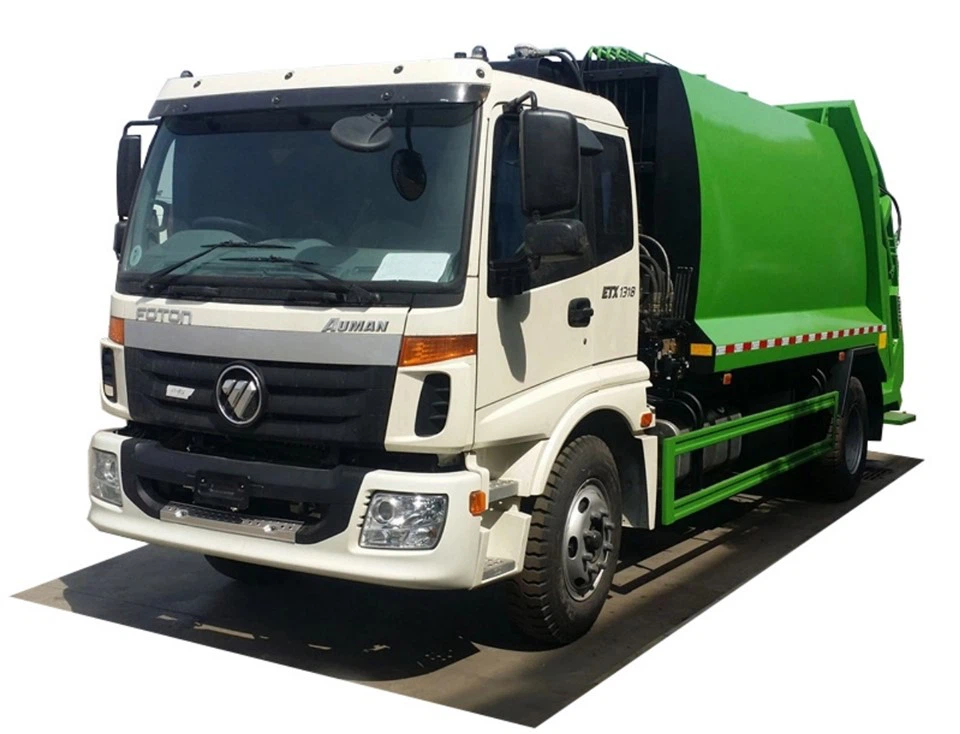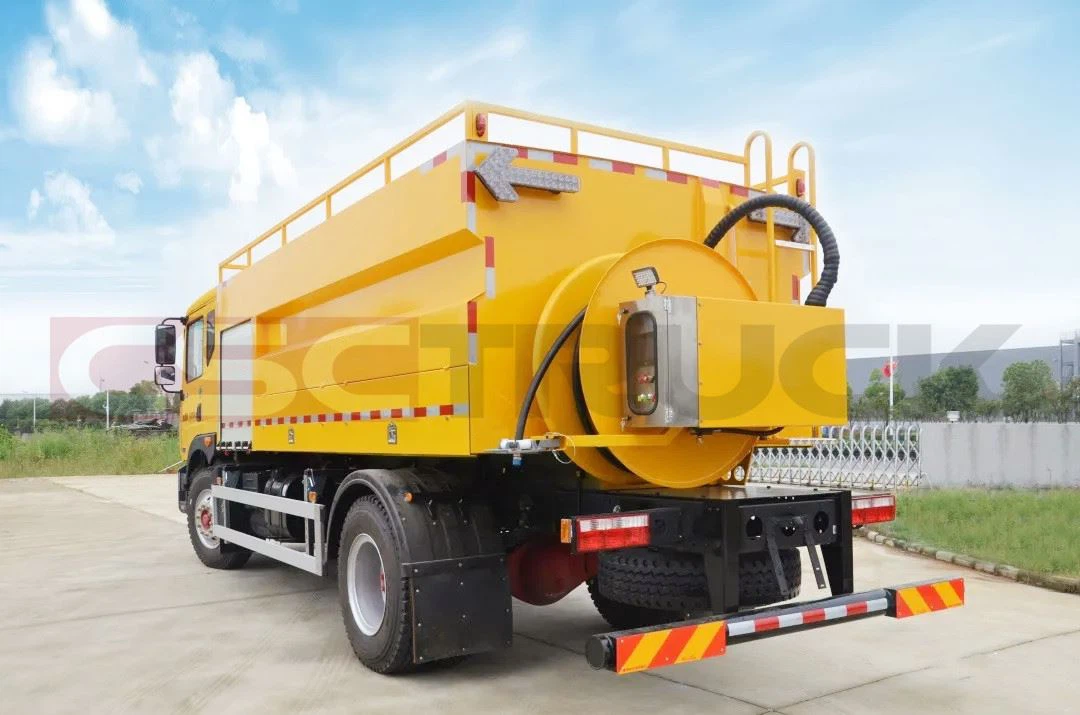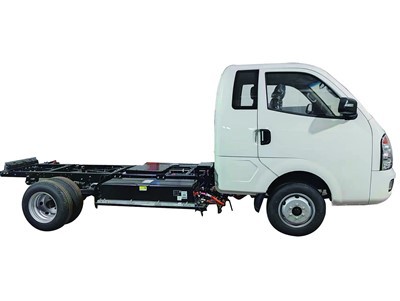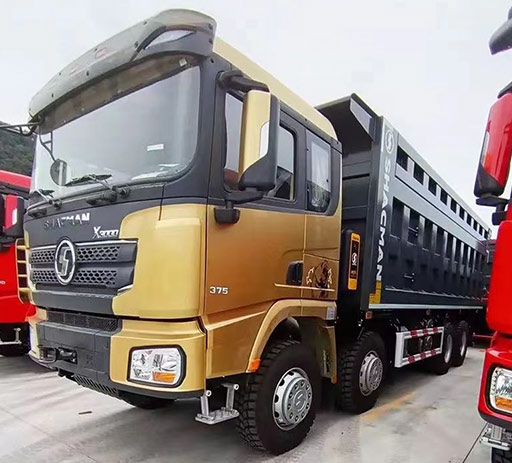Sweeper Vacuum Trucks: The Ultimate Guide for Municipalities and Businesses

Sweeper vacuum trucks play a crucial role in maintaining cleanliness in urban areas, roadways, and construction sites. These specialized vehicles combine the functions of a street sweeper and a vacuum truck, enabling efficient cleaning and waste collection. This comprehensive guide will cover everything you need to know about sweeper vacuum trucks—from their designs and features to their applications and best practices.
What is a Sweeper Vacuum Truck?
A sweeper vacuum truck is a vehicle designed to clean streets, parking lots, and other large outdoor areas. It typically features a robust suction system along with brushes or rotary brooms that dislodge debris, dirt, and litter from surfaces. The collected waste is then stored in a large onboard tank for proper disposal.
Key Components of Sweeper Vacuum Trucks
Sweeper vacuum trucks consist of several critical components that enable their efficient operation:
- Suction System: High-powered fans or blowers create suction to collect debris.
- Brushes: Rotary brushes loosen dirt and debris from surfaces.
- Debris Tank: An onboard tank that stores collected waste.
- Water System: A water spraying system to reduce dust during operation.
- Chassis: The vehicle base, which can vary in size depending on the intended use.
Types of Sweeper Vacuum Trucks
There are several types of sweeper vacuum trucks, each designed for specific tasks and environments.
1. Regenerative Air Sweepers
These trucks utilize a powerful suction fan and a system that recirculates air. The air pushes debris into the hopper while minimizing dust. They are ideal for urban environments where dust control is essential.
2. Vacuum Sweepers
These models rely primarily on suction to collect debris from the surface. They are best suited for collecting leaves, trash, and other loose debris in various settings.
3. Mechanical Sweepers
Mechanical sweepers use a combination of brushes and suction to pick up dirt and debris. They are effective on uneven surfaces and can handle tougher debris.
4. Combination Sweepers
Combination sweepers feature both mechanical and vacuum systems, making them versatile for various cleaning tasks. They can simultaneously collect large debris and fine particles.
Comparison Table of Sweeper Types
| Type | Best Use | Advantages | Disadvantages |
|---|---|---|---|
| Regenerative Air | Urban areas | Low dust, efficient | Higher initial cost |
| Vacuum | Landscaping | Strong suction | Less effective on fine dust |
| Mechanical | Rough surfaces | Handles tough debris | Requires dust control |
| Combination | Diverse environments | Versatile | Complex operation |
Applications of Sweeper Vacuum Trucks
Sweeper vacuum trucks are versatile and used in various applications:
1. Municipal Street Cleaning

Cities use sweeper vacuum trucks to keep streets and public areas clean. Regular cleaning improves aesthetics and public health.
2. Construction and Industrial Sites
On construction sites, these trucks manage large debris and dust, maintaining safety and compliance with environmental regulations.

3. Parking Lot Maintenance
Private businesses utilize sweeper vacuum trucks to maintain the cleanliness of parking lots, enhancing the overall impression of their facilities.
4. Event Cleanup
For festivals and large events, sweeper vacuum trucks efficiently manage waste collection and the cleaning of public areas.
5. Seasonal Cleaning
During fall, municipalities rely on sweepers to collect leaves, while in spring, they clear winter debris.
Benefits of Using Sweeper Vacuum Trucks
Investing in sweeper vacuum trucks offers numerous advantages:
- Efficiency: Streamline cleaning processes, saving time and labor costs.
- Improved Health: Reduced dust and allergens enhance air quality.
- Environmental Responsibility: Reliable waste management contributes to sustainable practices.
- Aesthetics: Regular cleaning improves the appearance of public and private areas.
How to Choose the Right Sweeper Vacuum Truck
Selecting the right sweeper vacuum truck is vital for effectiveness and efficiency.
1. Assess Cleaning Needs
Identify the type of debris and the size of the areas requiring cleaning. This helps determine the size and type of the sweeper needed.
2. Consider the Terrain
Evaluate the surfaces where the sweeper will operate. Different models excel in various terrains, such as asphalt, gravel, or uneven surfaces.
3. Review Features
Look for features such as water systems for dust control, adjustable brushes, and tank capacity to effectively meet your needs.

4. Budget
Determine your budget, including initial purchase price, operating costs, and maintenance. Weigh the long-term savings against the upfront investment.
5. Manufacturer Reputation
Research manufacturers for reliability and customer support. Look for reviews and ratings from current users.
Best Practices for Operating Sweeper Vacuum Trucks
Proper operation and maintenance of sweeper vacuum trucks are essential for longevity and effectiveness.
1. Regular Maintenance
Implement a routine maintenance schedule, including checking and replacing filters, inspecting hoses, and servicing brushes to ensure optimal functionality.
2. Staff Training
Train operators on proper use and handling of the vehicle, focusing on safety and efficiency to prevent accidents and equipment damage.
3. Efficient Route Planning
Plan routes to maximize coverage while minimizing fuel consumption. Technology and GPS can aid in effective route management.
4. Seasonal Adjustments
Adjust operations based on seasonal changes, such as increasing frequency during leaf fall or snow removal periods.
Environmental Impact of Sweeper Vacuum Trucks
Sweeper vacuum trucks can significantly influence environmental sustainability.
1. Pollution Reduction
Regular street cleaning diminishes road dust, minimizing air pollution and benefiting public health.
2. Waste Management
Proper collection and disposal of debris prevent litter from clogging storm drains and waterways, enhancing ecosystem health.
3. Sustainable Practices
Choosing eco-friendly vehicles and practices can further mitigate environmental impacts, such as using water conservation techniques during cleaning.
Frequently Asked Questions (FAQ)
1. What is the difference between a street sweeper and a vacuum truck?
A street sweeper is primarily designed for cleaning roads and city streets, while a vacuum truck is used for collecting heavy waste and liquids. Sweeper vacuum trucks combine both functions.
2. How much does a new sweeper vacuum truck cost?
The cost can vary significantly based on the model and features, ranging from $150,000 to $500,000 or more.
3. Are sweeper vacuum trucks environmentally friendly?
Yes, they can be designed to minimize dust and pollution, and regular cleaning helps maintain environmental health by preventing waste accumulation.
4. How often should streets be cleaned with a sweeper vacuum truck?
The frequency depends on traffic volume and environmental factors, with urban areas typically requiring more regular cleaning.
5. Can sweeper vacuum trucks operate in all weather conditions?
While they can operate in various weather conditions, extreme weather may limit their effectiveness. Operators should assess safety and equipment readiness before use.
6. What maintenance is required for a sweeper vacuum truck?
Maintenance includes regular checks of the suction system, hoses, brushes, water systems, and the overall condition of the vehicle. Proper maintenance ensures efficiency and longevity.
